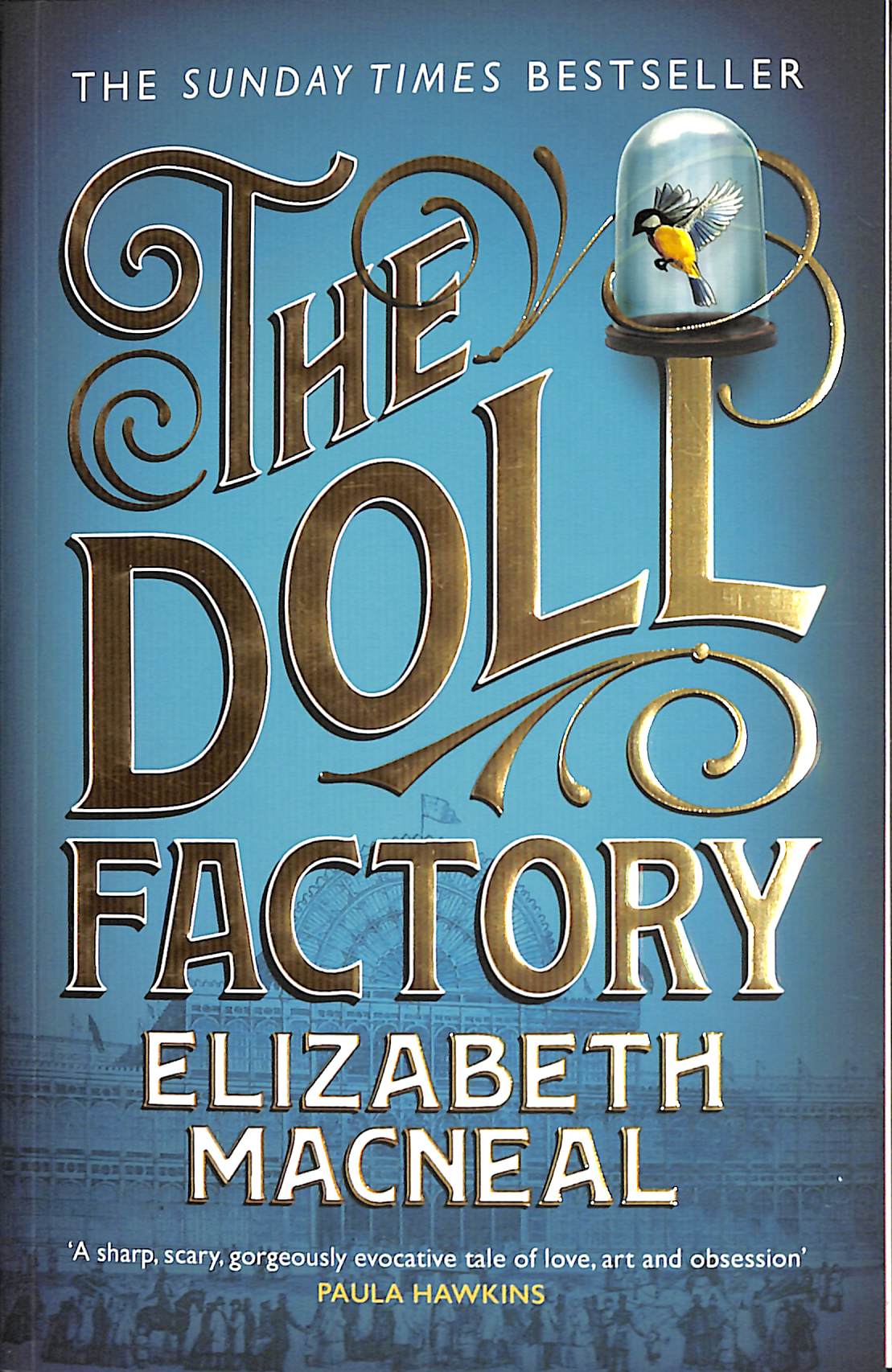

Perfectly paced and richly atmospheric, The Doll Factory is an incredibly assured debut novel. What could have been a stereotype instead becomes a deeply moving portrayal of life at the bottom But while Iris revels in her new creative life with Louis, someone is watching her: a taxidermist called Silas Reed, who has been obsessed with Iris after briefly meeting her at the future site of the Great Exhibition in Hyde Park, where he hopes to display some of his preserved animals and butterflies. And so a partnership is born, in which Iris, like Siddal, becomes both the muse and the student of a member of the pre-Raphaelite Brotherhood. When Iris is approached by Louis Frost, an artist desperately in need of a model, she agrees on one condition: that Louis teach her how to paint. At night she sneaks down to the cellar where, having managed to save up enough money to buy paper and paints, she works on her own art.

At the start of the book, Iris is working at a Regent Street doll shop, where she spends her days painting features onto china faces.

Set in 18, it’s the story of Iris Whittle, a red-haired young woman from a painfully respectable London family. I thought about this wonderful drawing a lot when reading Elizabeth Macneal’s debut novel The Doll Factory, a book that manages to be both a page-turning thriller and a thoughtful, moving exploration of what it meant to be a woman and an artist in the 19th century. The muse has become the artist, fizzing with energy the man who famously immortalised the faces of the beautiful “stunners” he painted has become a subject himself. This drawing shows her hunched over a drawing board, pen in hand, looking intensely at her subject – Rossetti himself – as she sketches. But the Lizzie Siddal in this inky sketch is very different from the languid, heavy-lidded girl who gazes away from the viewer in galleries around the world. There was nothing unusual about this - over the course of their tumultuous relationship, Rossetti would produce thousands of images of the pale, red-haired woman who later became his wife. In September 1853, the artist Dante Gabriel Rossetti drew a picture of his favourite model and muse Elizabeth Siddal.


 0 kommentar(er)
0 kommentar(er)
